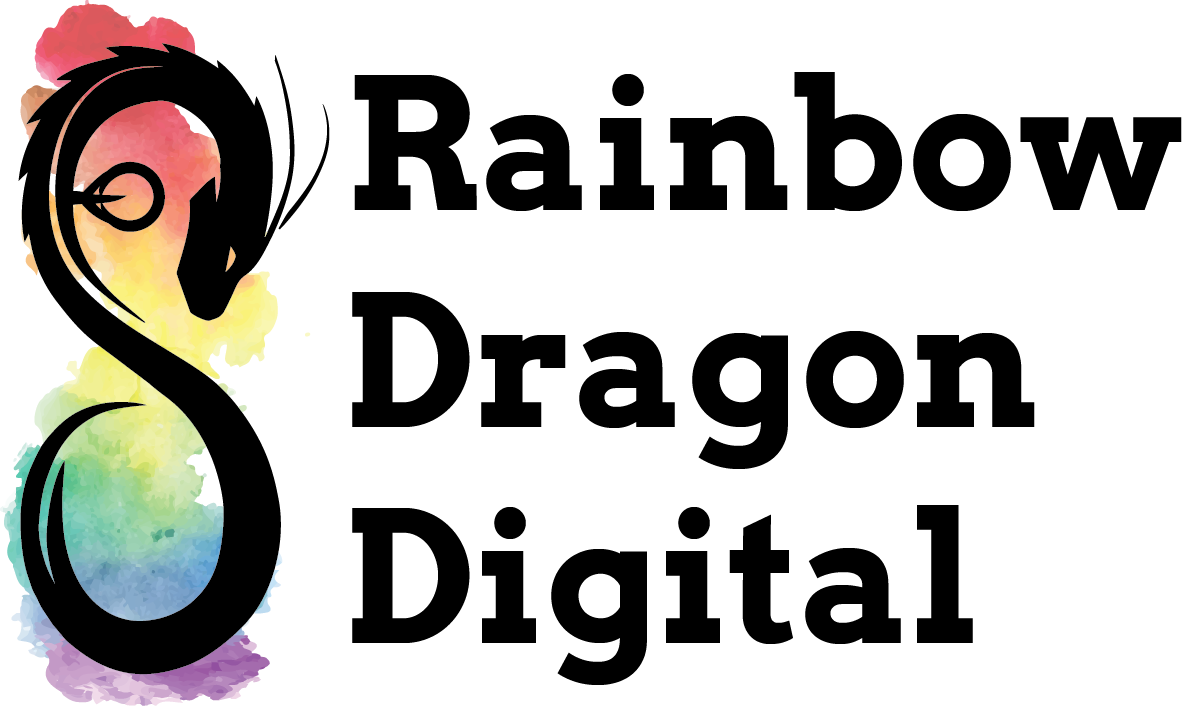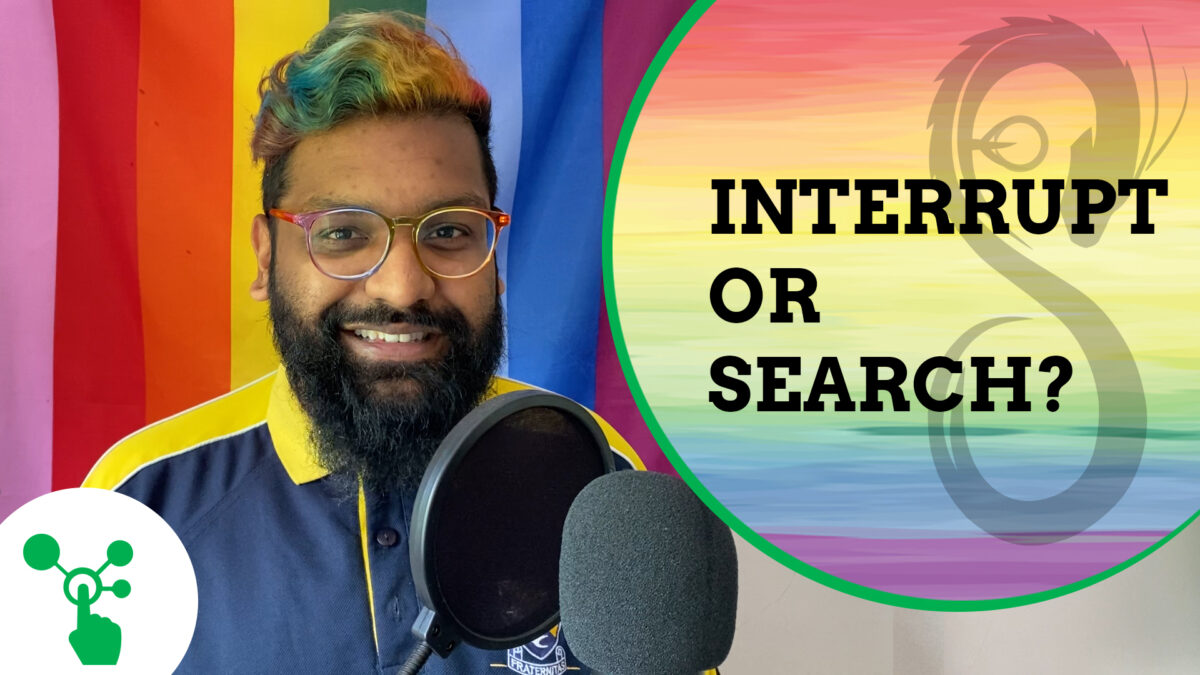Most business owners want to start using paid advertising on digital platforms to reach their audience and can even be reasonably familiar with the basics of it. But there’s a big difference in the way ads appear and who they appear to on different types of platforms. And perhaps not in the way you might initially think.
Doing something that’s changing the world and would you like to have a chat with me about it? Click here and fill out the form!
Don’t like videos? Here’s the text version:
When doing paid advertising you need to think about interruption and search marketing.
Hi I’m DJ from Rainbow Dragon Digital and in today’s video I’m going to be talking about a really important distinction between different types of paid advertising that you need to be aware of as a marketer or business owner.
If you haven’t subscribed to my YouTube channel already please do click the bell you’ll be notified when I release new videos.
What is Paid Advertising?
When it comes to paid advertising there are lots of different platforms that you can use. Most people are familiar with Google Ads, they’re familiar with Facebook Ads or Instagram Ads or Twitter Ads and that sort of thing.
And these are what I’m talking about here where you pay so for an advertisement to appear somewhere that you think your customers will be.
Planning Your Paid Advertising
Now there’s obviously lots of steps you need to go through to make sure that this works. You honestly cannot just jump onto a paid advertising platform and hope it works. You will end up wasting money unless, of course, your product is ridiculously unique and you are a complete tech wizard, you will find that that you need to do a little bit of planning.
But the planning isn’t you know isn’t super difficult. It’s the same steps that I’ve got for your content strategy plan.
It’s the Same as the Content Strategy Plan Steps
Step 1: Who is your target person?
Step 2: What is your USP?
Those first two steps are super important it will help you.
Step 3: You’re choosing that channel. You’re choosing the paid advertising channel in this case.
Step 4: You’re creating content that matches that channel. So, the right content for that channel.
Step 5: And then you’re timelining your process.
Literally, it’s the same plan.
But in this video, I want to talk to you about these two different types of paid advertising and why that really, really matters in terms of making sure you’re getting the right content on and making you’re targeting the right person.
The First Type of Paid Advertising: Search
The first type of advertising I want to talk about is search advertising. And this is the easier one.
Search advertising is when you are putting up an ad in front of people when they’re already searching for something. So the obvious example is Google Ads. But you’ve also got things like Bing Ads you’ve got Amazon Ads and stuff like that.
So, any platform where people are actively searching for stuff – this is search advertising.
And the important considerations around search advertising is that people are already searching for your thing. So, they’re already in Consideration stage. You know that marketing funnel it’s on my website and and you know the top step is Awareness and then the second step is Consideration. So, in search advertising they’re already in Consideration stage: they know what they’re looking for and they’re now looking to compare you against other options. Or they’re trying to find the best option for the thing they’re looking for.
For Search Advertising, Focus on your USP
So, you need to keep that in mind when you’re composing your advertising because you want to be really, really, really hard pushing on that USP. What makes you different? What makes you really unique? And the U in the USP – what makes you UNIQUE? What makes you better than other people this is what you want to focus on in search advertising.
It’s also where I would suggest that you might want to start actually, weirdly enough. Because even though it’s the second layer of the funnel this is where people are already ready to buy. They’re already looking for the thing. So, you’re actually probably going to get better results here, obviously, depending on your business.
The Second Type of Paid Advertising: Interruption
The second type of advertising I want to talk about is Interruption Marketing and this is where people often really get it wrong. So, interruption marketing is things like Facebook Ads and Instagram Ads and Twitter where you’re interrupting someone when they’re in the process of something else.
And this could also relate to a lot of offline advertising like flyers and posters and billboards. These are not things where people are searching. They’re you’re interrupting their flow and you need to get their attention.
For Interruption Marketing, Focus on Understanding Your Target Person
So, you can see immediately how the content really needs to be very different here. And you’re further up in that funnel now. You’re up at that Awareness level and you need to start making sure that you’re not just talking about your USP and talking about why you are better than your competition, you also need to be making sure that this target person understands that you understand them. And that’s where that target person exercise comes in really useful because your interruption marketing should be really, really understanding. Making sure that they understand that you are someone worth listening to.
And so when you’re interrupting someone you need to give them a really, really, really good reason to interrupt that flow and come to look at your ad.
There’s a lot of complexity around this, there’s a lot of detail, and there’s a lot of ways that you can not only get it wrong in terms of not producing the right stuff for your business but get it wrong in terms of producing marketing that’s contributing to that that Social Dilemma problem. That contributing to this idea of grabbing attention, capturing attention. So it’s a place to tread carefully in but if you do it effectively and you do it ethically it can be really powerful for your business.

